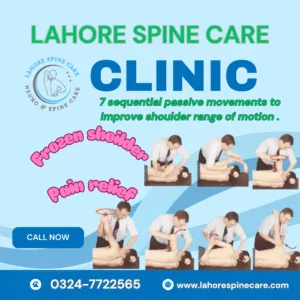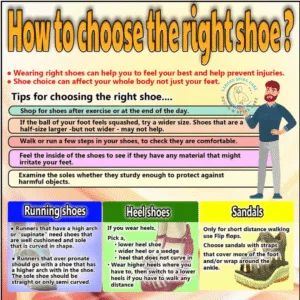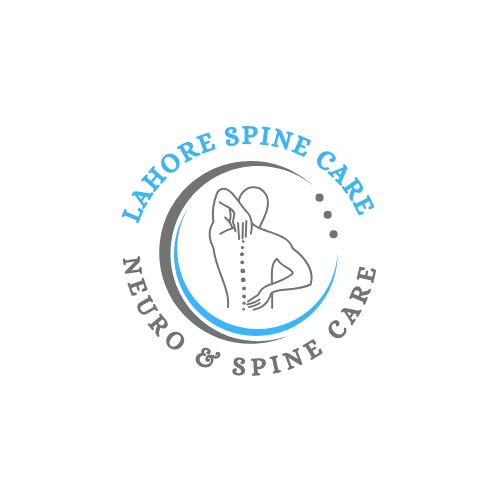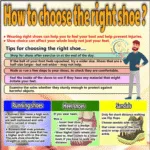Exploring the Long-Term Consequences of Untreated Disc Herniation: What You Need to Know
Living with Disc Herniation: Strategies for Daily Life and Pain Management
Disc herniation can significantly impact your daily life, causing pain, discomfort, and a range of other symptoms. Whether you’ve recently been diagnosed or have been managing a herniated disc for years, finding effective strategies for daily life and pain management is crucial. Here’s a comprehensive guide to help you navigate living with a disc herniation.

Table of Contents
ToggleUnderstanding Disc Herniation
A disc herniation occurs when the soft, gel-like center (nucleus pulposus) of a spinal disc pushes through a tear in the tougher outer layer (annulus fibrosus). This protrusion can irritate nearby nerves, leading to pain, numbness, or weakness in the affected area. Commonly affected areas include the lower back (lumbar spine) and neck (cervical spine).
Daily Life Adjustments
- Modify Your Work Environment
- Ergonomic Furniture: Invest in an ergonomic chair and desk setup to promote proper posture and reduce strain on your back.
- Adjustable Desk: If possible, use a sit-stand desk to change your working position throughout the day.
- Frequent Breaks: Stand up, stretch, or walk around every 30 to 60 minutes to avoid prolonged sitting.
- Exercise and Physical Activity
- Low-Impact Exercises: Engage in activities like walking, swimming, or cycling that minimize impact on your spine while keeping you active.
- Core Strengthening: Strengthening your core muscles can provide better support for your spine and reduce pressure on the herniated disc.
- Flexibility Exercises: Incorporate stretches for your back and legs to maintain flexibility and reduce tension.

- Proper Lifting Techniques
- Lift with Your Legs: Bend at your knees and keep your back straight when lifting objects.
- Avoid Twisting: Turn your whole body instead of twisting your spine while lifting or carrying items.
- Posture and Ergonomics
- Maintain Good Posture: Sit and stand with your back straight and shoulders relaxed. Avoid slouching or leaning forward.
- Supportive Seating: Use a lumbar roll or cushion to support your lower back while sitting.
- Sleep Considerations
- Supportive Mattress: Choose a mattress that provides adequate support for your spine. A medium-firm mattress is often recommended.
- Proper Pillow: Use a pillow that supports your neck and keeps your spine aligned. For side sleepers, a firm pillow between the knees can help.
Pain Management Strategies
- Medical Treatment
- Medications: Over-the-counter pain relievers like ibuprofen or acetaminophen can help manage pain and inflammation. In some cases, your doctor may prescribe stronger medications or muscle relaxants.
- Physical Therapy: A physical therapist can design a customized exercise program to strengthen your back and improve mobility.
- Injections: Epidural steroid injections can provide temporary relief by reducing inflammation around the affected nerve.
- Heat and Cold Therapy
- Heat Therapy: Applying a heating pad can relax muscles and increase blood flow to the affected area.
- Cold Therapy: Using an ice pack can reduce inflammation and numb the area to alleviate pain.
- Lifestyle Modifications
- Weight Management: Maintaining a healthy weight can reduce stress on your spine and decrease pain.
- Healthy Diet: A balanced diet rich in anti-inflammatory foods can support overall spinal health.
- Alternative Therapies
- Acupuncture: Some people find relief through acupuncture, which involves inserting thin needles into specific points on the body.
- Chiropractic Care: Chiropractors may offer spinal adjustments and other treatments to alleviate pain and improve function.
- Massage Therapy: Therapeutic massage can help relieve muscle tension and improve circulation in the affected area.

- Mind-Body Techniques
- Stress Management: Techniques like meditation, mindfulness, and deep breathing can help manage the stress and anxiety that often accompany chronic pain.
- Cognitive Behavioral Therapy (CBT): CBT can help address negative thought patterns related to pain and improve coping strategies.
Long-Term Considerations
- Regular Follow-ups: Keep regular appointments with your healthcare provider to monitor your condition and adjust treatment as needed.
- Education and Awareness: Stay informed about your condition and treatment options. Knowledge empowers you to make better decisions and manage your health effectively.
- Support Networks: Connect with support groups or communities for individuals with similar conditions. Sharing experiences and tips can provide emotional support and practical advice.
Conclusion
Living with a disc herniation requires a thoughtful approach to daily activities and pain management. By making ergonomic adjustments, engaging in appropriate exercises, and utilizing various pain management strategies, you can improve your quality of life and better manage the challenges of disc herniation. Always consult with your healthcare provider to tailor these strategies to your specific needs and ensure that your treatment plan is effective and safe. With the right approach, you can lead a fulfilling and active life despite the limitations imposed by a herniated disc.

The Spencer Technique for Shoulder Pain Relief: How It Works and What to Expect
The Spencer Technique is one of many options of treatments that physical therapists and osteopathic

how to choose the right shoe for spine health
How to choose the right shoe for spine health is more important for spine health

Celebrating World Physiotherapy Day 2025: Advancements and Innovations in Rehabilitation
World Physiotherapy Day 2025 is celebrated every year on September 8 in the global physiotherapy

Tehmina Arshad: Expert Speech and Language Pathologist
Clinical Impact & Professional Excellence Being in the field of practice with many years of

Independence Day of Pakistan 2025—A Celebration of Freedom and Unity
On the 14th of August each year, Pakistan proudly celebrates its Independence Day, an event

Exploring the Impact of Research Publications by Dr. Ejaz Danish: A Physiotherapist’s Contribution to the Field
Who is Dr Ejaz Danish? Dr. Ejaz Danish is a physiotherapist based in Lahore and










